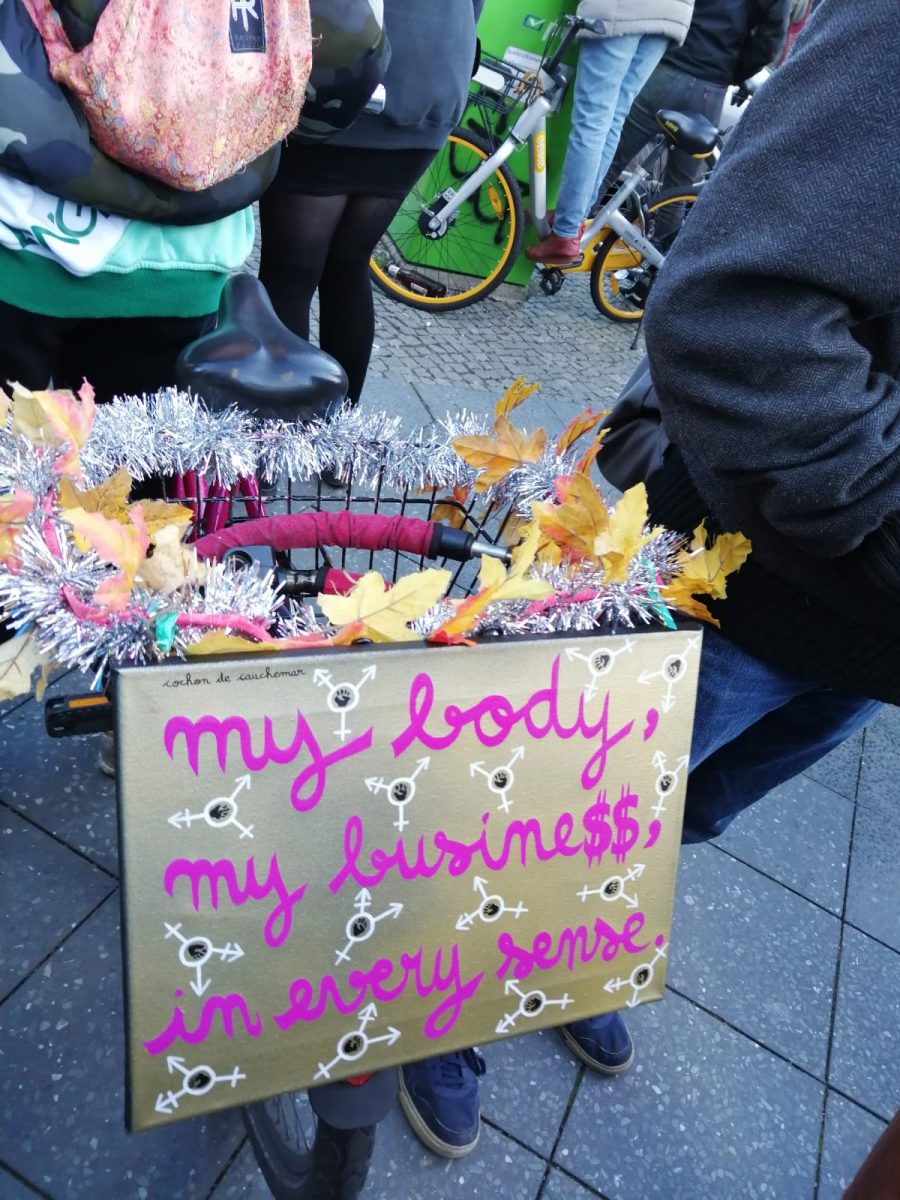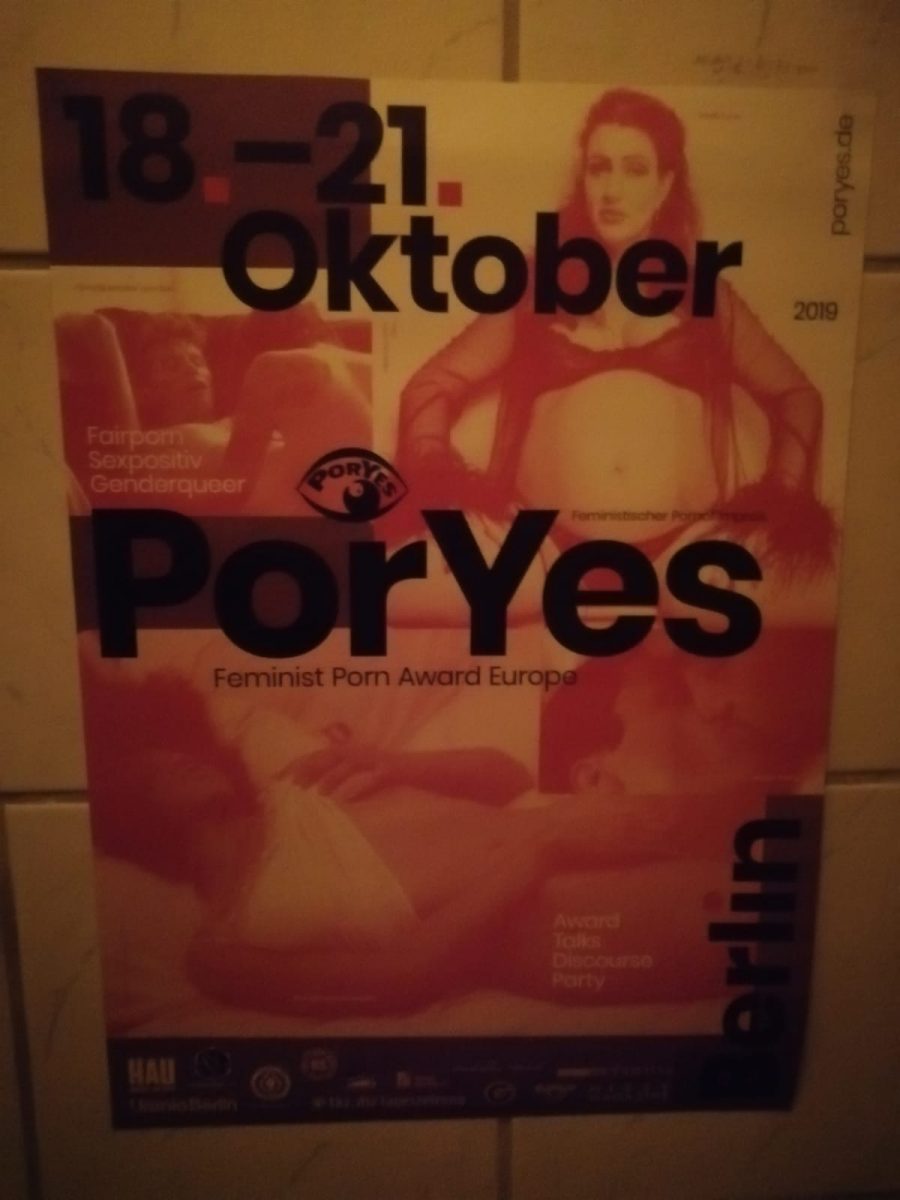LEE HOLLOWAY AS A FEMALE MASOCHIST
Mr. Grey: Why do you cut yourself, Lee?
Lee: I don’t know.
Mr. Grey: Is it thatsometimes the pain inside has to come to the surface and when you see evidenceof the pain inside you finally know you’re really here? Then when you watch the wound heal it’s comforting, isn’t it?
Lee: I…that’s a way to put it.
Mr. Grey: I’m going to tell you something. Are you ready to listen?
Lee: Yes.
Mr. Grey: Are you listening? You will never ever cut yourself again. Do you understand? Have I made that perfectly clear? You’re over that now. It’s in the past.
Lee: Yes.
Mr. Grey: Never again.
Lee: Okay. Now, you know what I want you to do? I want you to leave work early. You’re a big girl agrown woman. Your mother doesn’t need to pick you up every day. I want you totake a nice walk home in the fresh air, because you require relief. Because youwon’t be doing that anymore, will you?
Lee: No, sir.
Mr. Grey: Good.[1]
By depicting E. Edward Grey as a sensitive character, Shainberg’s “Secretary” assures its status as romantic-comedy. Highlighting his compassion to Lee in the scene where he empowers her, Shainberg convinces the spectators that E. Edward Grey has a convenient mix of sexuality, vulnerability, power, and humanism. However, I think this is where the movie really fails the spectators. The screenplay writer Erin Cressida Wilson explains her approach: “It turned into a love story. Instead of leaving the job when she was spanked, the secretary found herself enjoying the spanking and discovering that it opened up something inside of her”(Noonan, 143). The first slap that took place in the movie is applied to Lee without her consent which puts E. Edward Grey to a position of sadist instead of a participant of BDSM. Depending on the wide literature on ethics of BDSM we know that consent is the basic rule that makes the universe of BDSM possible and reliable.
I didn’t want to create yet another drama about a woman recovering from her problems or perversions. Then I thought. . . What if her real problem was not her submissive behavior with
the lawyer? What if I added a visually upsetting, self-destructive activity for her in the first act? So, I gave her a painful situation to come out of -self-cutting- and worked from there.[2]
The plot’s flow by explaining Lee’s family trauma as the source of her self-harming tendencies and drawing Edward Grey as a romantic character legitimize Lee’s act of enduring sadism as a less damaging act in the eyes of spectators. However, we know that previous trauma isn’t a “must” in becoming a participant of BDSM or discovering masochistic tendencies. As I explained with the scientific findings in the second part of this paper, people’s interaction with pain would be related to simpler issues. Considering the time “Secretary” was produced, it seems that both the director and the screenwriter was under the pressure of legitimizing an issue which was merely mentioned in popular culture before. Therefore, I would like to analyze Lee’s submissiveness apart from these social anxieties of the producers.

Jessica Benjamin’s explanation of female masochism is criticized as being reductive to ‘subversionor hegemony’.
Estelle Noonancounteracts the dualisms by interpreting the protagonist Lee Holloway’s agency containing the traits like “traumatized or healed, liberated or oppressed, loved-up or obsessed by sadomasochistic relations” at the same time (Noonan, 143).Noonan emphasizes that it is a possibility to include all these traits in one’s experience instead of a conflict between them.
Instead of dualism, Estelle Noonan understands Lee’s position as a submissive subject containing and combining all these traits in her reaction to sadism. Noonan calls it a“dialogic reading practice” and claims that Lee “might occupy all of these statutes not only separately but also simultaneously” (Noonan, 143).
Lee’s transformation starts with her rethinking of self-harm. Several times she tries to throw her sewing set which she uses to cut herself and finally, with the help of Edward she discovers her inner-courage. After Edward gives the command “You will never ever cut yourself again” she immediately reacts and changes her perspective in life. Unlike her over-caring mother, this scene is the first time somebody behaves her like a grown-up which empowers her to be aware of her agency. Hence, she refuses to be picked up by her mother, informing her that she will be walking home after work from now on. ThoughEdward’s command seems to be the reason, I think it is just an excuse for a revolutionary triggering
point Lee needs to start her metamorphosis. During the movie, we witness Lee’s empowerment step by step leading her to be strong enough to convince a “sadist” to spend a life time with her, practicing BDSM. In this sense, I think the movie accomplishes its duty of questioning submissiveness.
After Edward terminates their sexual relationship, Lee boldly owns her perverse sexuality and looks for a partner to practice BDSM by answering newspaper ads. She even tries to get married and

Hence, she declares her love to Edward Grey “where the belligerent and/or insistent tone that Gyllenhaal deploys
During the hunger
During Lee’s hunger strike, her social circle -her family, her ex-fiancé and his parents and even Edward’s ex-wife visits her giving the hint of social pressure she must confront. She neither accepts any offer nor is scared of threads. However, she demonstrates a passive resistance embracing her masochism and showing an unusual way of
CONCLUSION
Shainberg’s “Secretary” is an example of “soft” BDSM which is why it would be inappropriate to discuss BDSM depending on this movie. However, considering the time the movie was produced it gives us a great opportunity to think about female pleasure.
The usual way of thinking about power relations is the exchange of power. Though Jessica Benjamin never mentioned such an idea, evaluating female submissiveness as a result of patriarchy is the easiest way and it is giving the impression of exchanging the power. On the contrary, if we think about practices of passive resistance we can see the opportunity that it is possible to practice pleasure without recreating the power relations of patriarchy. Though, the dualist way of thinking seems to be the only way of comprehending human relations, “perverted” actions like choosing to be a submissive can shake the traditional way of thinking methods. Like Noonan mentioned, a person can include many kindof traits at the same time. Analyzing human’s psyche is a more complicated act than a Freudian reading: Nevertheless, our childhood influences our lives, we still have the power to take agency.
As a naïve character, Lee’s actions drive us to ask questions about our recognition of our own pleasures. Although the “Secretary” is not very well-written considering thecontradictions of consent, the awkward and miserable protagonist Lee’s storystill stands as an empowering work of art.

WORKS CITED
Benjamin, Jessica, Ph.D.“Intersubjectivity, Thirdness, and Mutual Recognition” A talk given at the Institute for Contemporary Psychoanalysis, Los Angeles, CA. 2007.
Berlant, Lauren, and Warner, Michael.“Sex in Public.” Critical Inquiry, vol. 24, no. 2, 1998, pp. 547–66.
Estelle Noonan (2010) Towards an S & M Quotidienne? Rethinking ‘Bad Behavior’ in Secretary , Women: a cultural review, 21:2, 135-152, DOI: 10.1080/09574042.2010.488375
Luo S and Zhang X (2018). Embodiment and Humiliation Moderation of Neural Responses to Others’ Suffering in Female Submissive BDSM Practitioners. Front. Neurosci. 12:463. doi: 10.3389/fnins.2018.00463
Movieclips. “Secretary (3/9) Movie CLIP – Never Cut Yourself Again (2002) HD.” YouTube, YouTube, 25 May 2012, www.youtube.com/watch?v=ie7XVOuzf2U.
Sarah Stevens (2014) Rope Sluts, and Bottoms, and Subs, Oh My: 50 Shades of Grey and the Shifting Discourse on Female Submission in Feminist Kink Porn, The Communication Review, 17:3, 256-268, DOI: 10.1080/10714421.2014.930602
University of Michigan
Health System. “Pleasure And Pain: Study Shows Brain’s ‘Pleasure Chemical’
Is Involved In Response To Pain Too.” ScienceDaily. ScienceDaily, 19
October 2006. <www.sciencedaily.com/releases/2006/10/061019094148.htm>.
[1] Movieclips. “Secretary (3/9) Movie CLIP – Never Cut Yourself Again (2002).
[2] Noonan,Estelle. Rethinking ‘Bad Behavior’ In Secretary.
[3] Noonan,Estelle. Rethinking ‘Bad Behavior’ In Secretary.


